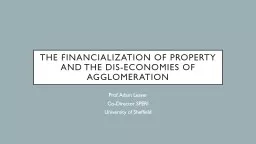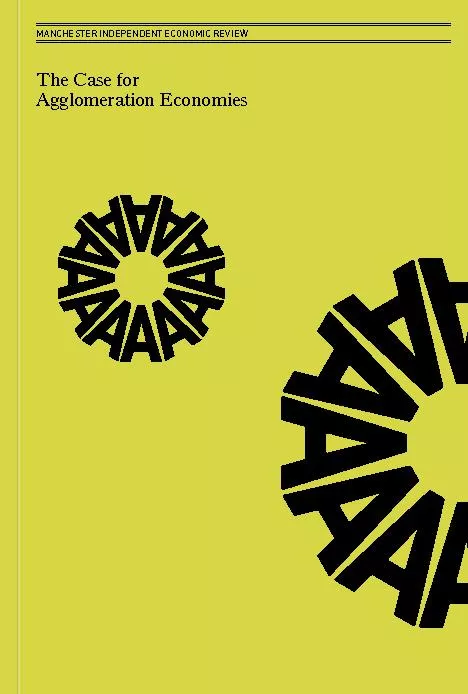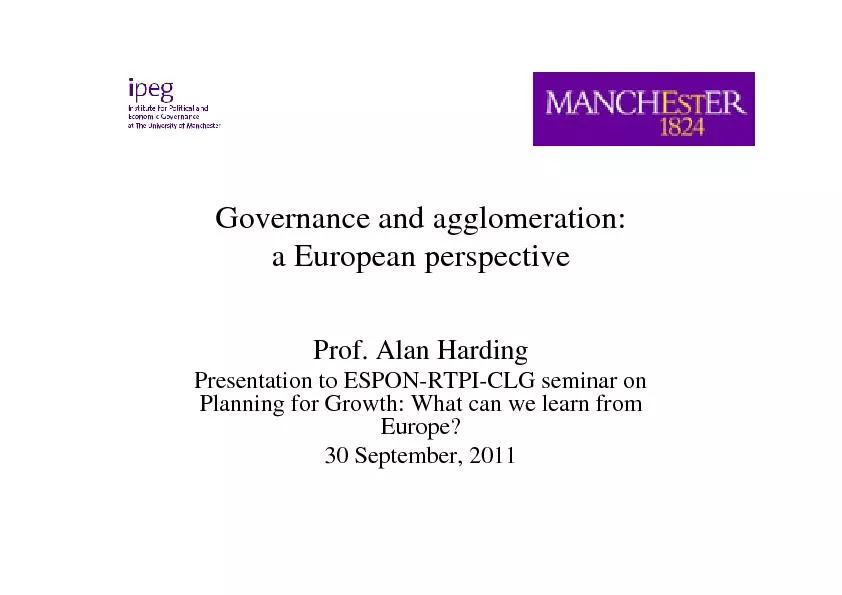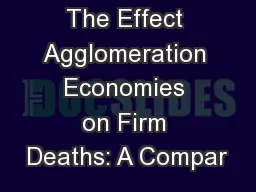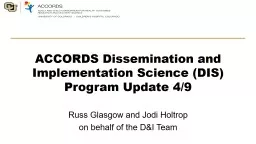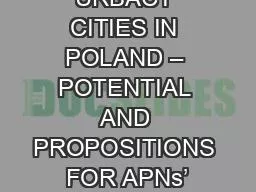PPT-The Financialization of property and the dis-economies of agglomeration
Author : pamella-moone | Published Date : 2019-02-27
Prof Adam Leaver CoDirector SPERI University of Sheffield Agglomeration through propertyled regeneration Since early 2000s Manchester pursued a strategy of propertyled
Presentation Embed Code
Download Presentation
Download Presentation The PPT/PDF document "The Financialization of property and the..." is the property of its rightful owner. Permission is granted to download and print the materials on this website for personal, non-commercial use only, and to display it on your personal computer provided you do not modify the materials and that you retain all copyright notices contained in the materials. By downloading content from our website, you accept the terms of this agreement.
The Financialization of property and the dis-economies of agglomeration: Transcript
Download Rules Of Document
"The Financialization of property and the dis-economies of agglomeration"The content belongs to its owner. You may download and print it for personal use, without modification, and keep all copyright notices. By downloading, you agree to these terms.
Related Documents

